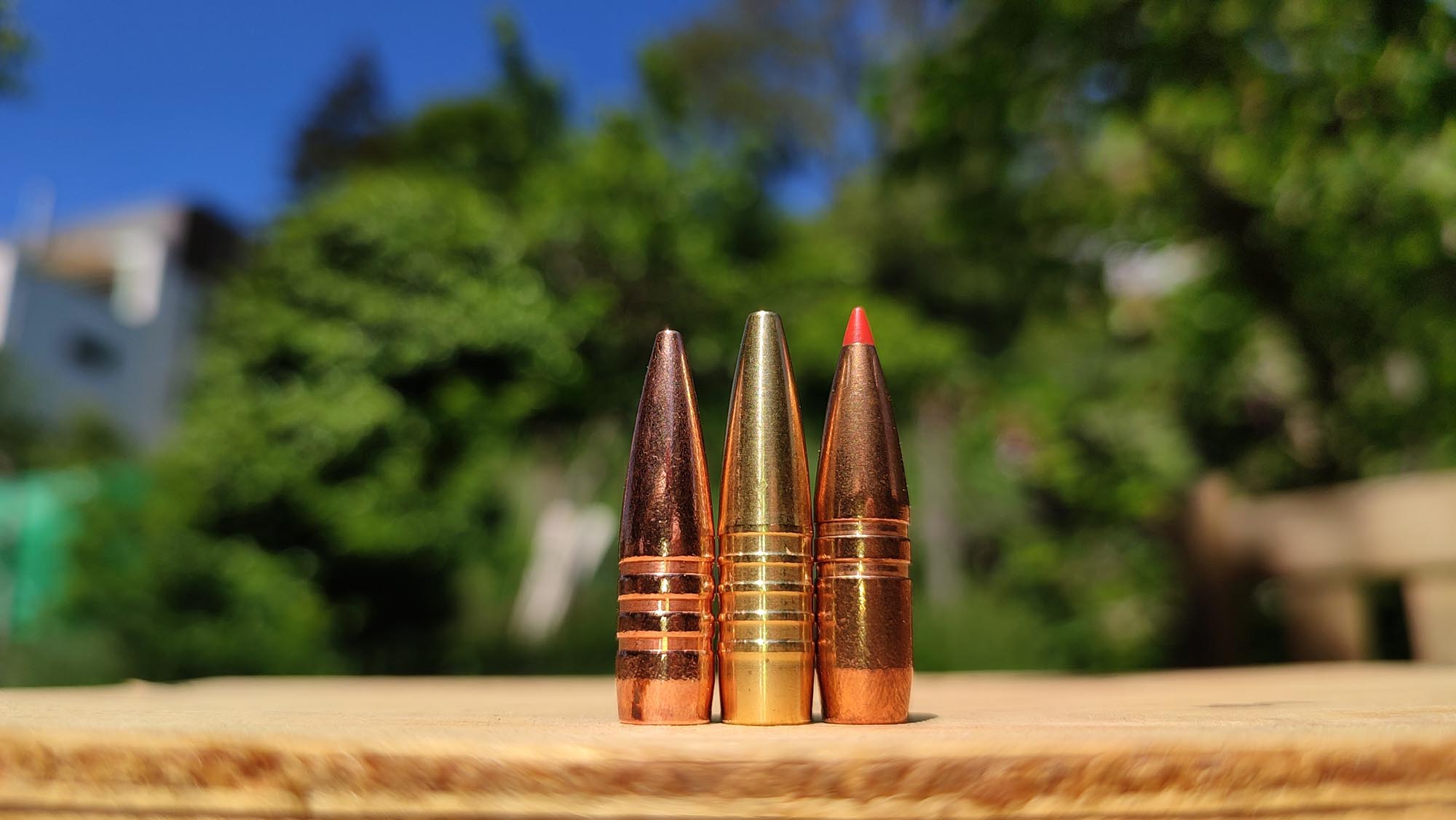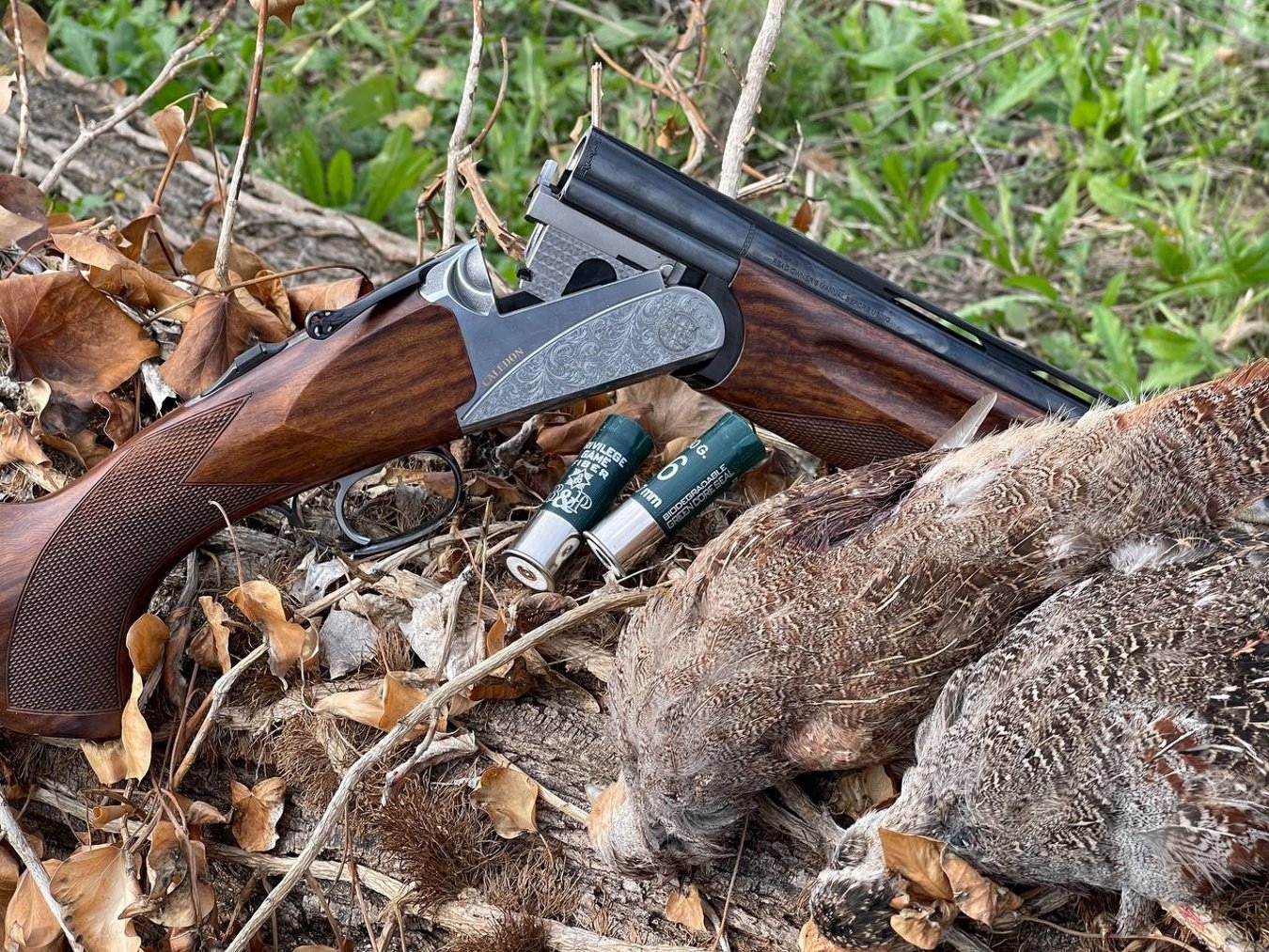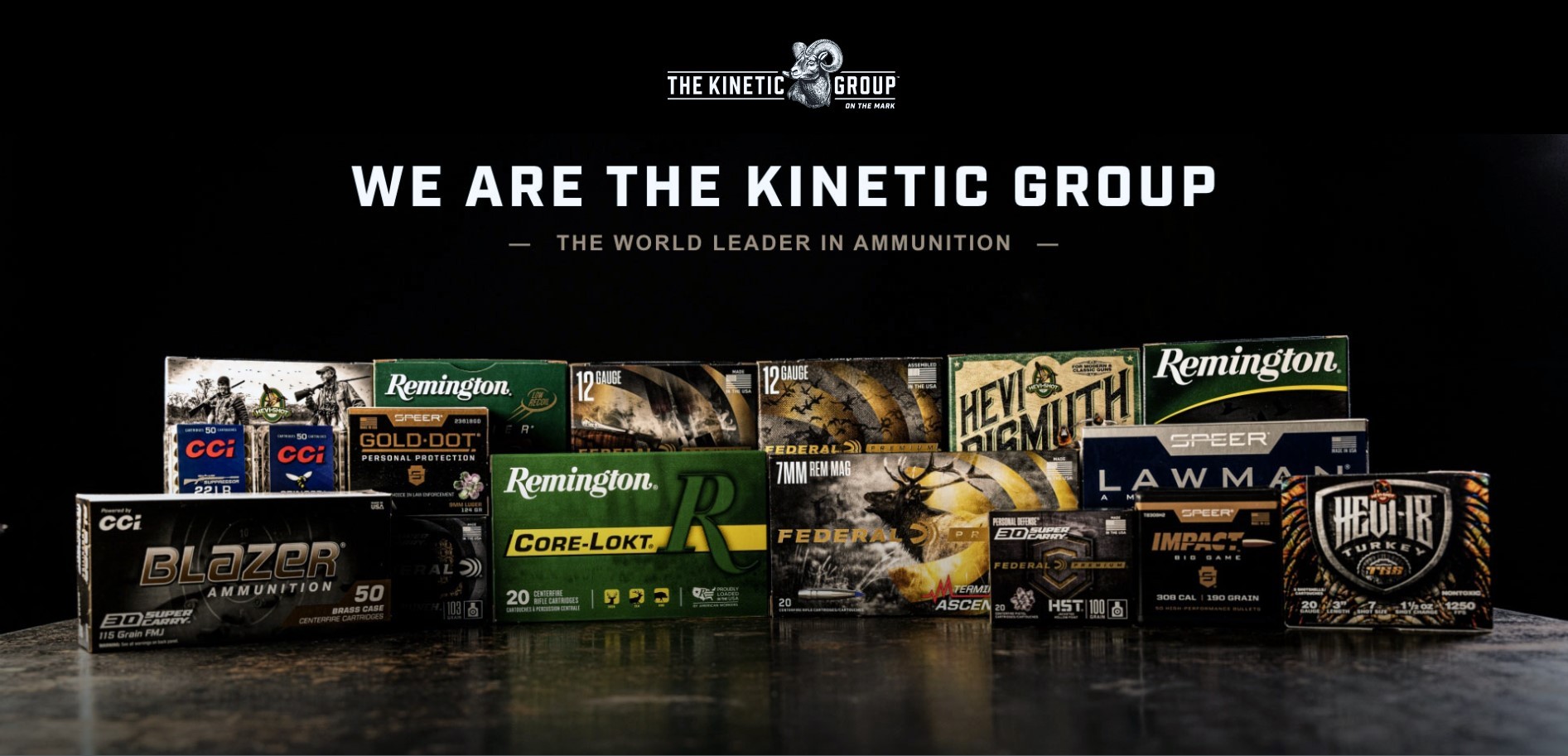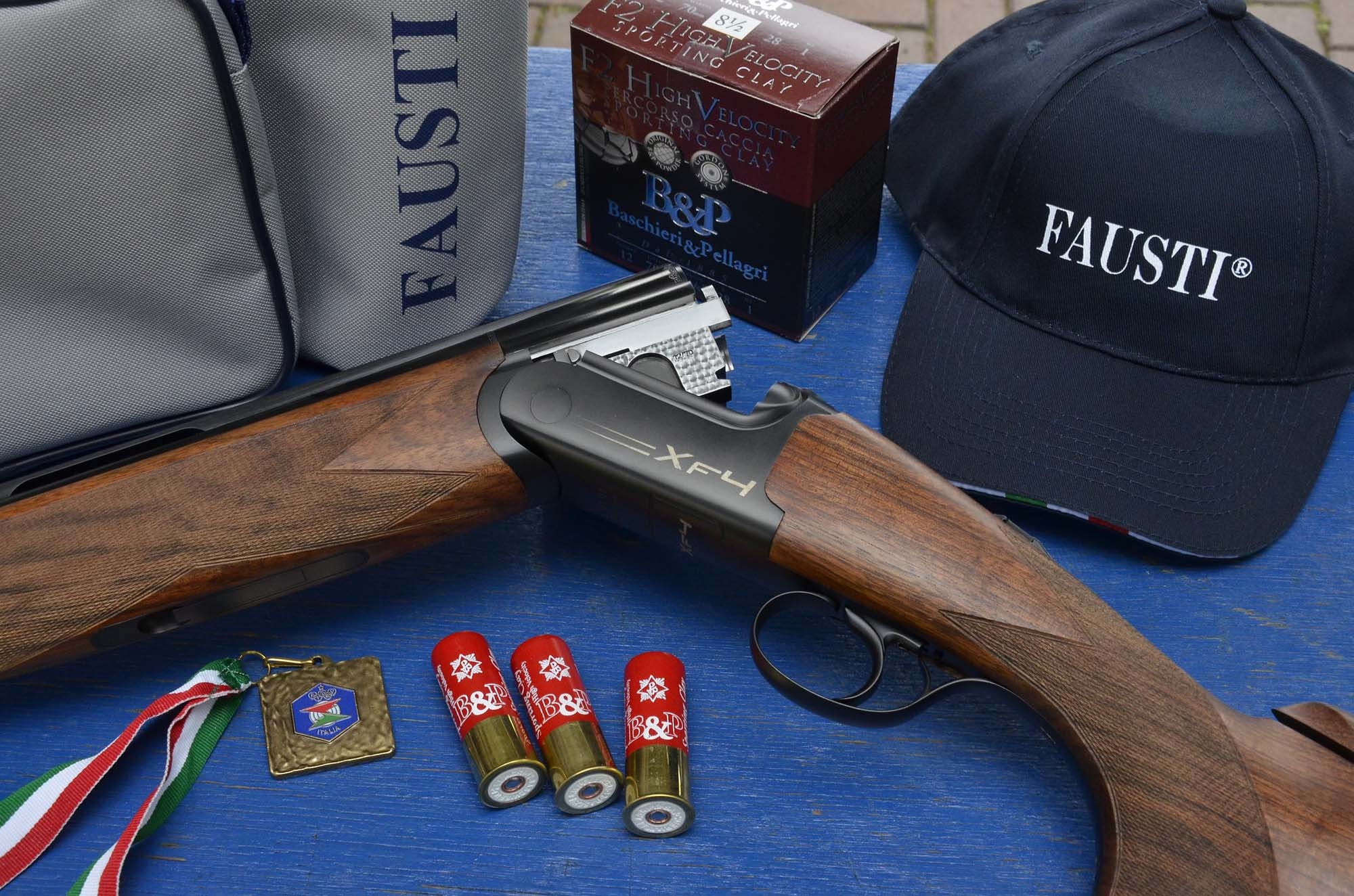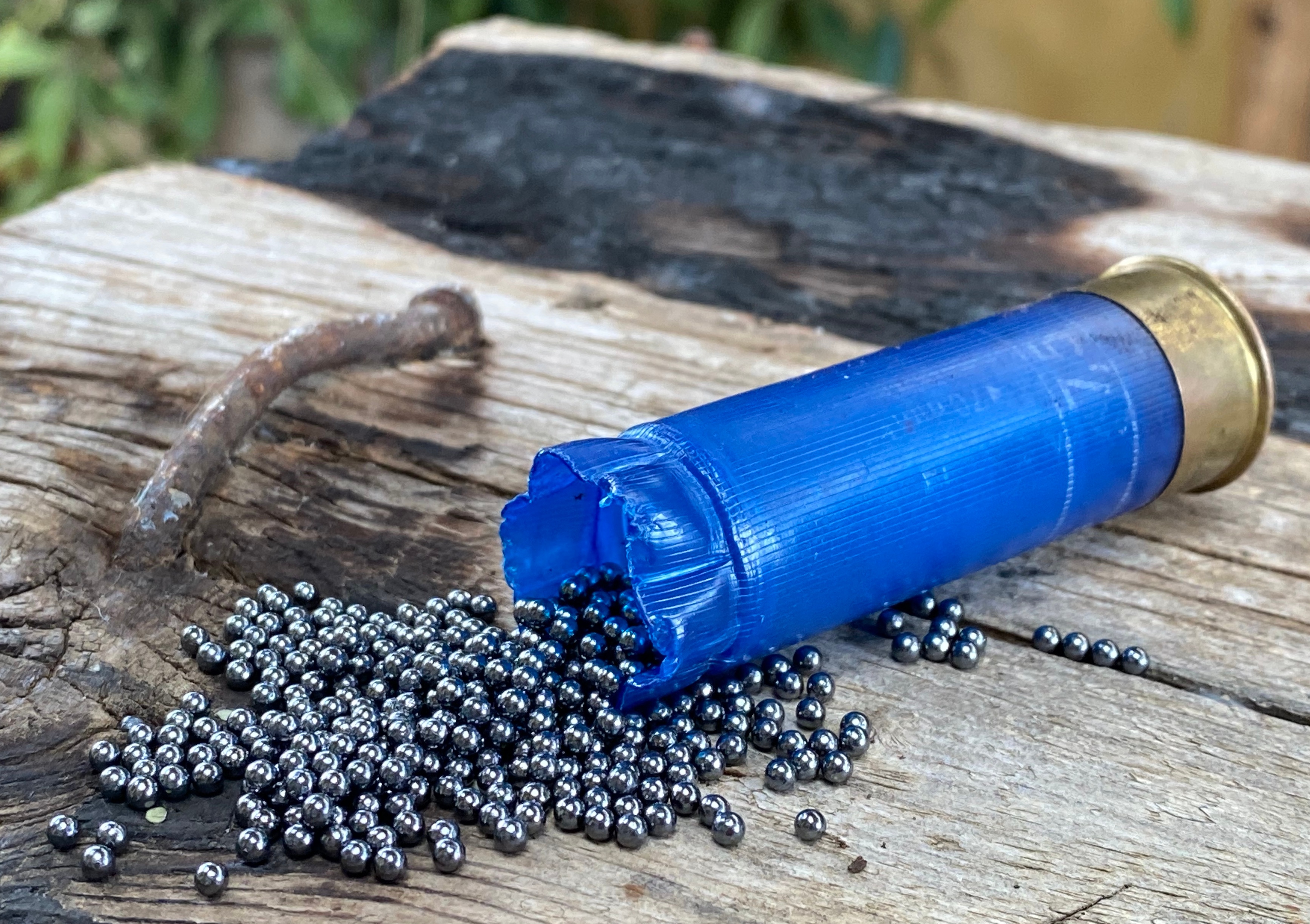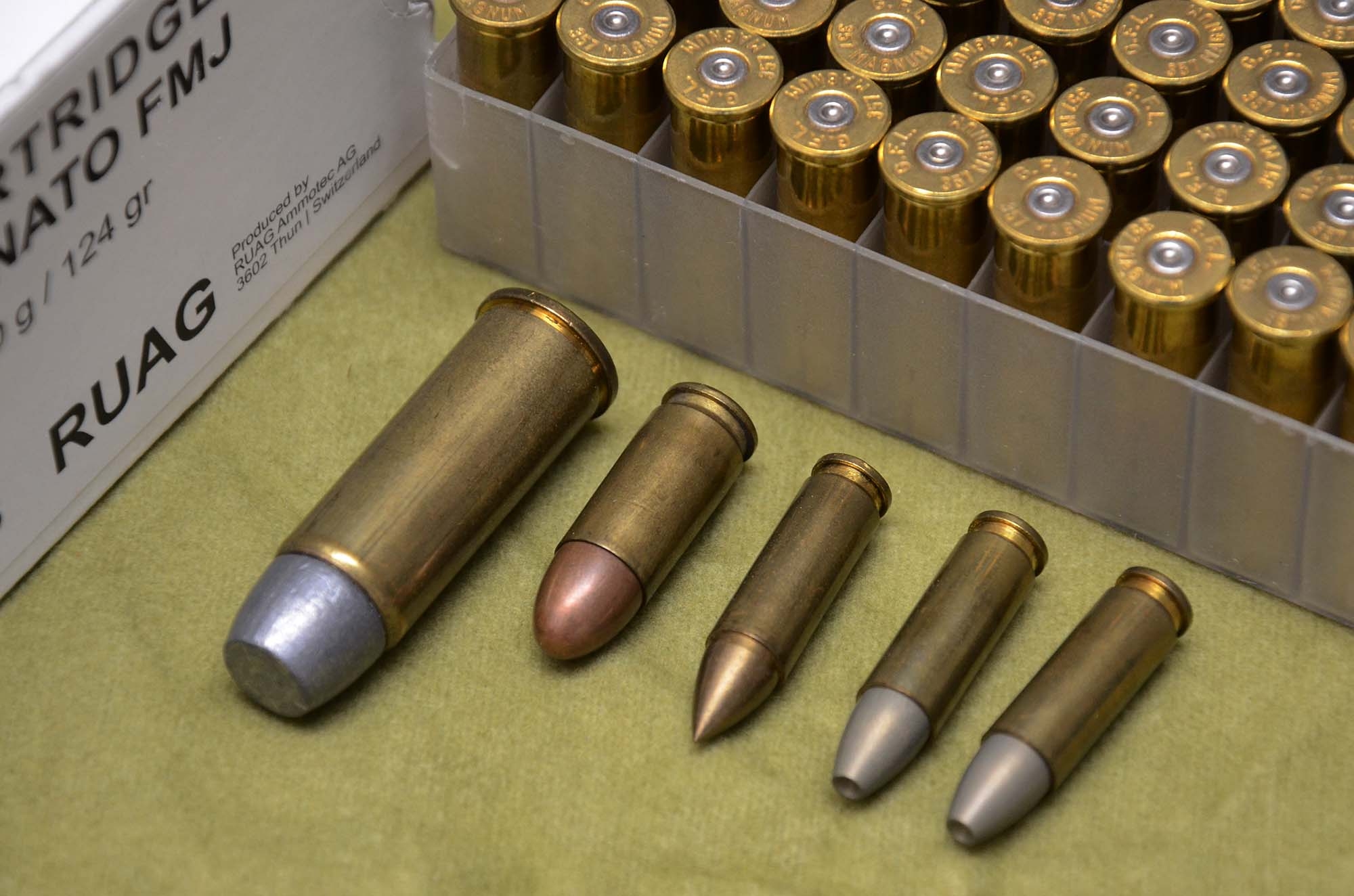As we had anticipated, the REACH regulation prohibiting lead shot over wetlands will take effect from February 15, 2023 onwards in all EEA countries (the EEA, or European Economic Area, includes EU countries and also Iceland, Liechtenstein and Norway). In an article published on its website, FACE, the European Federation for Hunting and Conservation, explains everything you need to know about the new restrictions.
First and foremost: the main objective is to protect migratory waterbirds to implement the African-Eurasian Migratory Waterbird Agreement (AEWA), and the regulation will prohibit discharging and carrying lead shot in or within 100 meters of wetlands.
Actually, lead shot has been already phased out for hunting over wetlands in most EU countries (except Ireland, Poland, Romania and Slovenia), and lead shot is also prohibited for hunting in Denmark, the Netherlands and the Flemish part of Belgium. But the definition of wetlands here is actually broader than many existing laws on lead shot, it is questionable whether national guidelines, or other national advice on the scope of the regulation are compatible with the general principles of EU law.
Lead shot: also no “carrying” of lead ammunition within 100 meters of wetlands

Moreover, wetlands have a fixed buffer zone of 100 meters around them for “wetland shooting”. According to the new regulation, anyone carrying lead shot within 100 meters of wetlands will be presumed guilty of wetland shooting unless that person can demonstrate that it is intended for any other type of shooting.
The European Commission has stated that the regulation should be interpreted proportionately and in accordance with the objective (protecting migratory waterbirds) – but it is clear that many differences, problems and complaints will arise from such “interpretations”.
In detail, if a hunter is carrying lead shot within 100 meters of a wetland, but is not waterbird/wetland shooting, he/she can prove by any means acceptable to the enforcement authorities that it is another type of shooting they are undertaking. “A hunter could justify this by saying that he/she was merely passing through the wetland to hunt elsewhere. It will be of course challenging for a hunter carrying lead shot to prove that he/she is not going wetland shooting because a typical day’s hunting includes time crossing water features and wet ground. For example, if an enforcement officer finds a hunter within 100 m of wetlands carrying a lead shot, it is easy for the hunter concerned to claim a 'positive' ('I am hunting partridge elsewhere'), but in many cases difficult to demonstrate a 'negative' ('I am not hunting ducks within 100 m of wetlands'). This is where proportionality is required and enforcement authorities need to be acutely aware of various laws that protect citizens’ fundamental rights and take decisions on a case-by-case basis,” explains FACE.
In our opinion, another recipe for arbitrariness and confusion has been prepared by EU infallible minds. One of the main problems is the unclear definition of “wetlands”. Not to forget the ballistic problems of alternative materials. This leads to shorter distances for the hunter and to insecure killing effects.
This is the dedicated FACE website www.leadammunitionguidance.com.
Unfortunately FACE's arguments on this website are just "political and well balanced". But they don't represent the real situation. On the one hand it's great to see the work for wildlife protection and on the other side FACE is just taking over unreflected positions of ECHA. What should we say? To be "everybodies darling" is not what hunter's need. Sharp to the point: We don't have a better alternative to lead shot and every hunter must have the intererst to be sure that hunting according to hunting rules is based on a reliable killing effect of the ammunition. Here you have an overview about our latest articles on the EU lead ban in ammunition. We are sure this gives a much better picture.
The text of the REACH regulation is available here with translations in the different languages.



